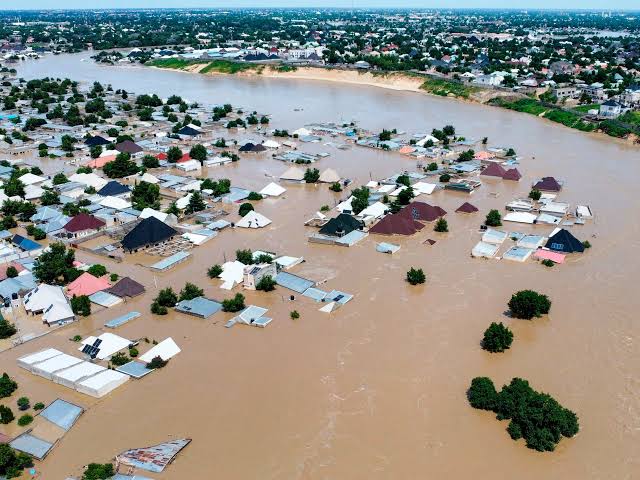More than 1,200 people lost their lives and over a million others were forced from their homes as extreme flooding devastated Nigeria in 2024, the country’s emergency authorities confirmed this week.
The National Emergency Management Agency (NEMA) reported that at least 1,231 people were killed and more than 1.2 million displaced following months of relentless rains that inundated 34 of Nigeria’s 36 states.
Zubaida Umar, Director-General of NEMA, addressed the scale of the disaster during a national sensitization campaign in southeastern Imo State. She revealed that over 5.2 million people were affected nationwide, with at least 16,469 injured and more than 1.4 million hectares of farmland destroyed.
“We’ve initiated multiple interventions to manage and reduce the risks this year,” Umar said. “This campaign serves as a reminder to all stakeholders about the urgent need to prepare for flood emergencies.”
The floods hit both urban and rural communities hard, with infrastructure damage, food insecurity, and displacement reported across vast regions. Experts warn that climate variability and poor drainage infrastructure have worsened the frequency and impact of seasonal floods in the country.
In response to last year’s devastation, the National Economic Council mandated a comprehensive review of Nigeria’s dam and waterway infrastructure. The move is intended to strengthen disaster preparedness and prevent future large-scale displacements and agricultural losses.
Umar called on governments at all levels to prioritize long-term planning, including investment in flood-resilient infrastructure and sustainable urban development. Riverine communities, she noted, remain especially vulnerable if these measures are not urgently implemented.
As Nigeria faces yet another rainy season, authorities say disaster preparedness, public awareness, and inter-agency coordination will be critical to averting another humanitarian crisis.



